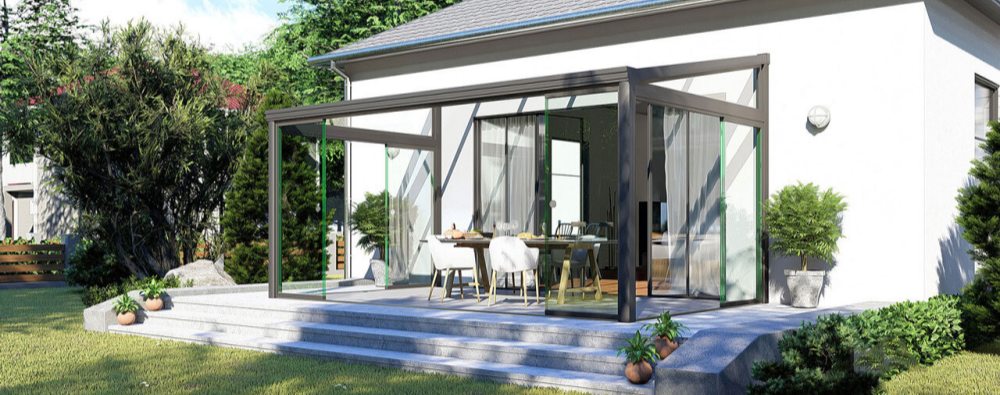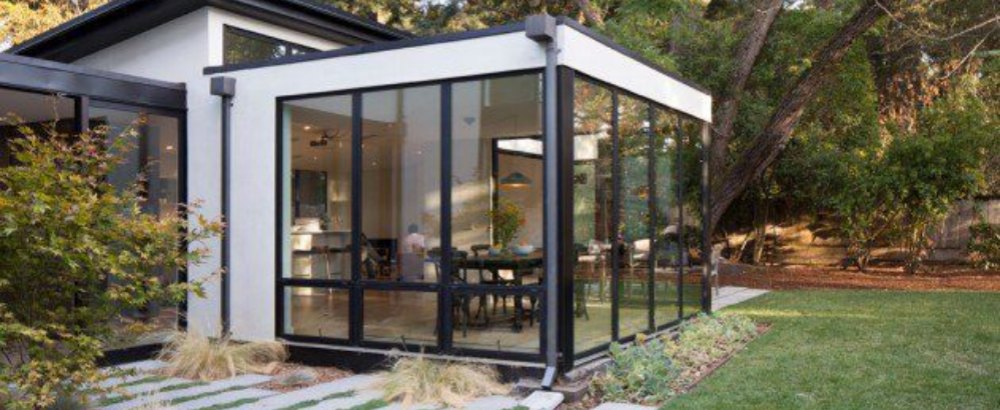
Top 5 Sunroom Addition Cost Factors You Need to Know
2025-02-27Top 5 Sunroom Addition Cost Factors You Need to Know
Adding a sunroom to your home can significantly enhance your living space, offering a bright and comfortable retreat to enjoy the outdoors year-round. It can also increase your home’s value and provide a peaceful space for relaxation or entertainment. However, before embarking on this exciting project, it's important to understand the various sunroom addition cost factors that will contribute to the overall expense. In this article, we’ll explore the five key sunroom addition cost factors you should consider when planning your budget for a sunroom addition.

Size and Layout of the Sunroom
Overview of Size Variations
The size of your sunroom is one of the most significant sunroom addition cost factors. A larger sunroom will require more materials and labor, which increases costs. A simple 10x10 sunroom could cost around $10,000, whereas a larger 20x20 sunroom may cost upwards of $20,000. The more square footage you choose, the more you’ll pay.
Design Complexity
Another important sunroom addition cost factor is the design complexity. A basic rectangular design is generally more affordable, while a custom design with vaulted ceilings, multiple levels, or curved walls will raise the overall cost due to the extra labor and materials involved. More intricate designs, such as integrating the sunroom seamlessly with your home or incorporating unique features, may add additional costs as well.
Standard vs. Custom Sizes
The cost difference between standard sunrooms and custom-built designs is another significant sunroom addition cost factor. Pre-designed kits typically cost less and are faster to install, but custom-built sunrooms allow for greater flexibility in design, materials, and features, which increases the overall price.
Materials Used for Construction
Aluminum vs. Wood vs. Vinyl vs. Steel
The materials you choose for your sunroom’s construction are crucial sunroom addition cost factors. Aluminum, a popular choice for many homeowners, is durable, low-maintenance, and relatively inexpensive compared to other materials like wood or steel. Wood provides a classic look but often incurs higher maintenance costs, while steel offers great strength but may come at a premium price. Vinyl is another common choice for more budget-friendly designs but may not offer the same durability as aluminum.
Energy-Efficient Materials
Choosing energy-efficient materials is an important sunroom addition cost factor. Features like double-glazed windows, energy-efficient insulation, and reflective roofing materials will increase the upfront cost but save you money in the long run by reducing your heating and cooling expenses. Energy-efficient materials also ensure your sunroom remains comfortable year-round, which is particularly important if you plan to use it in all seasons.
Quality of Materials
The quality of the materials you choose will directly influence your sunroom’s cost. Opting for high-grade materials such as premium aluminum framing, superior-quality glass, and sturdy, weather-resistant roofing will naturally add to your overall cost. However, these materials tend to require less maintenance and offer greater durability, ultimately benefiting you over time.

Foundation and Site Preparation
Groundwork Costs
The sunroom addition cost factors extend to the site preparation. If the ground where you plan to install your sunroom is uneven or unstable, additional work may be necessary to make it suitable for construction. Excavation, leveling, and reinforcing the soil will increase the site preparation costs.
Foundation Types
The type of foundation you choose for your sunroom can significantly influence the overall cost. A simple concrete slab foundation is less expensive than more complex foundations, such as crawl spaces or basements. A foundation that requires additional work or materials will add to the total cost, making it an important sunroom addition cost factor.
Site Accessibility
The accessibility of your site is another sunroom addition cost factor to consider. If the site is difficult to access, additional labor or specialized equipment may be needed to transport materials and complete the installation, increasing the project cost. For example, if you have trees or other obstacles that need to be cleared before construction begins, that will also raise your total expenses.
Permits and Local Regulations
Permit Requirements
Most areas require building permits for a sunroom addition, and this can be a significant sunroom addition cost factor. Zoning permits and building permits ensure that the structure complies with local laws and safety codes. These permits can range from a few hundred to several thousand dollars, depending on your location and the complexity of the sunroom.
Building Codes and Inspections
Local building codes and regulations must be adhered to when constructing a sunroom, which can affect the overall cost. If your sunroom needs to meet specific energy-efficient requirements or structural standards, this can add to your expenses. In some cases, additional inspections may be required to ensure compliance with local laws, adding time and cost to the project.
Cost Variations by Location
The sunroom addition cost factors can vary depending on where you live. Some regions have higher permit fees or stricter building codes that can drive up the overall cost of the project. Urban areas may have additional fees and regulations, while rural areas may be less expensive but still require compliance with local regulations.

Labor and Installation Costs
Skilled Labor
Labor costs are another key sunroom addition cost factor. Skilled professionals who specialize in sunroom construction are essential for ensuring the structure is built properly and safely. While hiring experienced contractors can cost more upfront, it ensures that the sunroom is built to last. DIY installation may seem like a cost-saving option, but it can lead to costly mistakes and delays.
DIY vs. Professional Installation
The cost of hiring professionals versus doing the work yourself is a key consideration. Although DIY projects may seem like a way to save on labor costs, installing a sunroom typically requires specialized knowledge. Mistakes made during installation can lead to higher repair costs down the road, making professional installation a better option for most homeowners.
Construction Timeline
The length of the construction process can impact the total cost of your sunroom addition. Longer timelines usually result in higher labor costs. If delays occur due to weather, material shortages, or other unforeseen issues, this can further increase the overall cost of your project. It’s important to plan ahead and account for possible delays when estimating costs.
Conclusion
By understanding the various sunroom addition cost factors, you can better prepare for the financial investment required to build a beautiful and functional sunroom. The size, materials, foundation type, permits, and labor involved all contribute to the final cost, so it's essential to plan accordingly. While it may be tempting to cut corners to save money, investing in high-quality materials and professional labor can pay off in the long run by increasing the durability and value of your sunroom. By considering these sunroom addition cost factors and preparing for potential costs, you’ll be able to create a sunroom that enhances your home and fits your budget.
